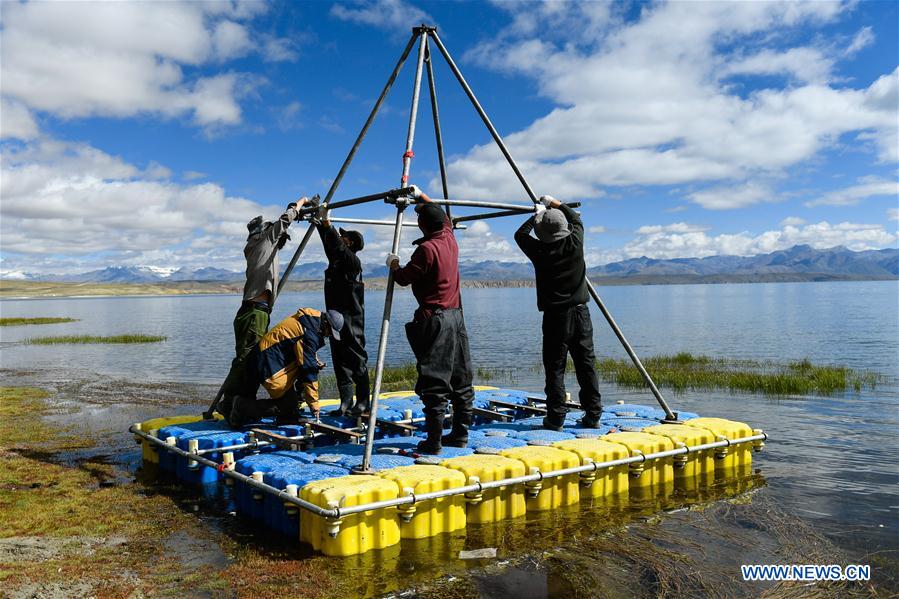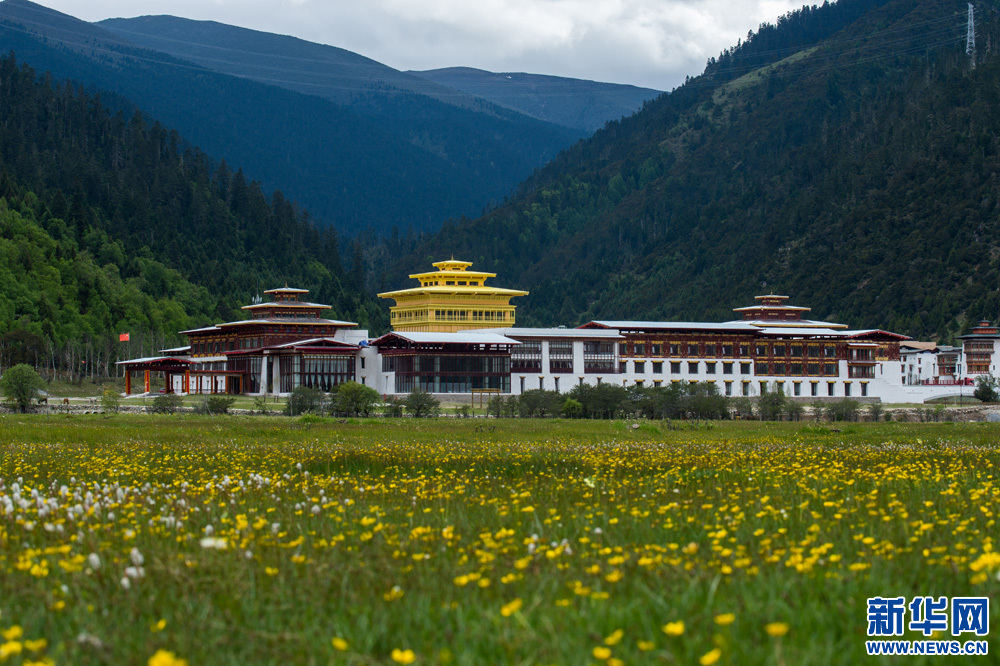World’s 1st atmosphere observation system to be brought to Tibet
The world's first complex atmospheric observation system will be brought to Southwest China's Tibet Autonomous Region before October to monitor the atmosphere, experts said Monday.
The Atmospheric Profiling Synthetic Observation System (APSOS) is capable of monitoring the atmospheric composition, such as temperature, wind, ozone and carbon dioxide levels through remote sensing, the Institute of Atmospheric Physics of the Chinese Academy of Sciences (CAS) said on its website.
"The system was debugged in Anhui Province's Huainan Atmospheric Physics (HAAS) and will soon be brought to the Yangbajain cosmic rays monitoring station in Tibet for extended atmospheric observation."
Located at 4,300 meters above sea level, the station is home to a host of many researches, including on cosmic rays.
APSOS is led by Lü Daren, a professor at the CAS' Institute of Atmospheric Physics, who told the Global Times Monday that "the system will be transported to Yangbajain station before October from Huainan city by trucks."
The system will be operational after at least one month of testing, Lü said.
"The system is the world first complex atmospheric monitoring equipment, which can continuously monitor multiple atmospheric components in a specific location. It can monitor up to 110 kilometers," Lü added.
Funded by the National Nature Science Foundation of China, the program was launched in 2012.
Lü said data collected by APSOS will be a worldwide achievement.
"Its data, together with data collected on the ground and through satellites from other countries, can support world atmospheric research."
APSOS will improve China's overall level of atmospheric environment detection, offer valuable data on weather conditions and space security, CAS said.
APSOS is composed of five laser radars, a millimeter-wave cloud radar, a terahertz superconducting radiation spectrometer and telescopes, and can detect precise air quality through multiband detection technology, CAS explained.
"The Yangbajain cosmic rays monitoring station was chosen as the site for APSOS due to its high altitude. The terahertz superconducting radiation spectrometer can only work in altitudes above 3,000 kilometers," Lu Hong, a professor at CAS' Institute of High Energy Physics, told the Global Times on Monday.
The terahertz spectrometer is capable of penetrating the air and detecting remote targets through, CAS said.
It also said the system will receive simultaneous changes in the atmospheric components of an area, and can also capture transient atmospheric processes through high temporal resolution. The data will help researchers understand how the atmospheric layer affects solar and human activity, it said.
Your Comment
Name E-mailRelated News
-
;
-
-

-
Scientists inspect lakes and rivers on Qinghai-Tibet Plateau
Scientists and researchers participating in China's second scientific expedition of the Qinghai-Tibet Plateau have entered Ngari Prefecture in Tibet Autonomous Region.
-
-
-

-
Booming tourism aids Tibet's green growth
With the backdrop of the Himalayas and the Yarlung Zangbo River at its front, the Hilton Nyingchi Resort in the city of Nyingchi in Tibet has added a modern touch to the region.
-
Based in Lhasa, Tibet Vista is a Tibet travel agency that specialized in Tibet permit, and Tibet tours for both private and group travelers at a local price!
•4 Days Lhasa City Group Tour from USD 460 •8 Days Everest Base Camp Group Tour from USD 850 •15 Days Mt.Kailash Group Tour from USD 1780 •2016 Tibet Train Tours from Beijing, Shanghai, Chengdu, Xining,etc










